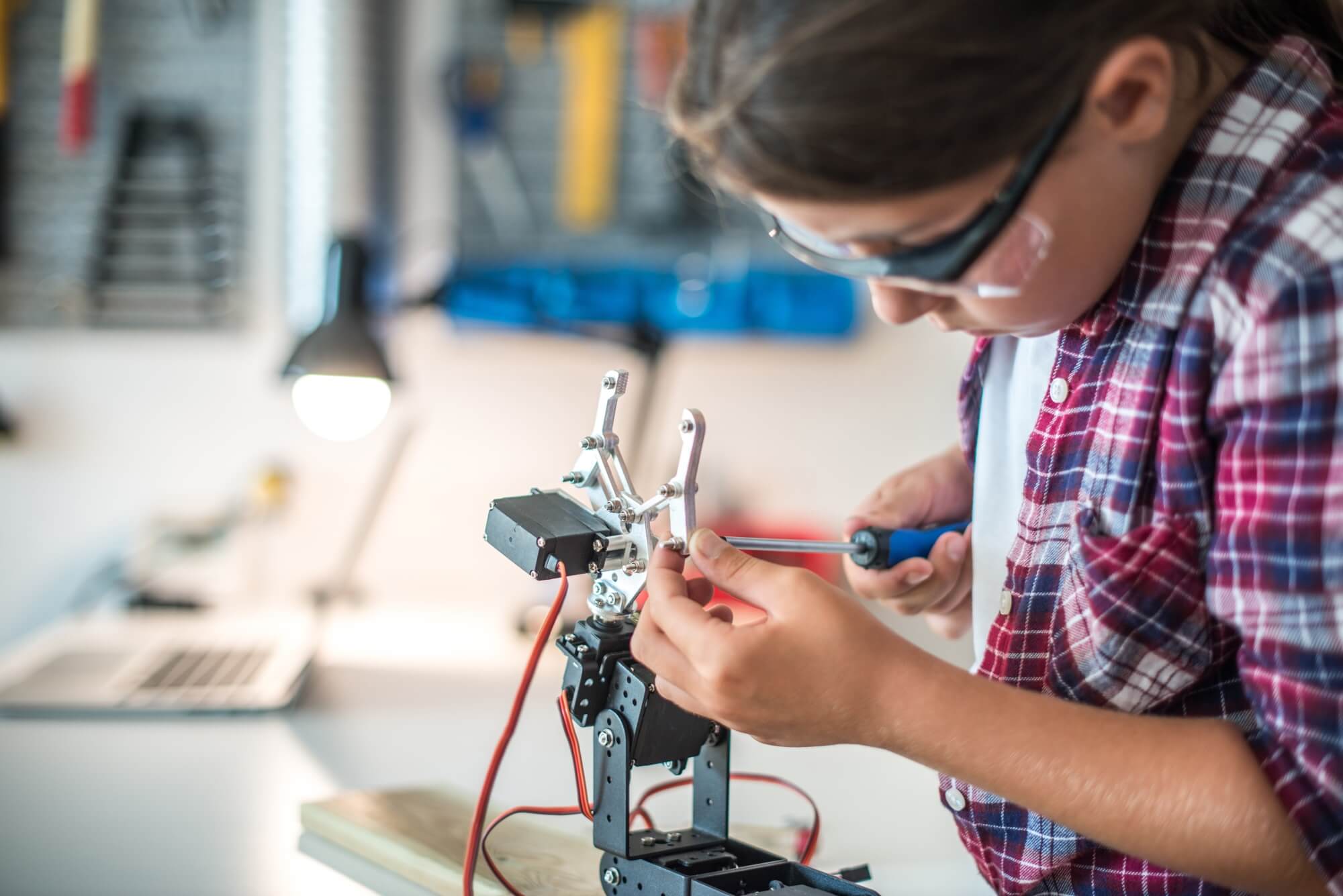Educational Robotics allows students to learn in different ways STEM disciplines, with the objective to facilitate students’ skills and attitudes for analysis and operation of robots. But robotics in the classroom has several other benefits: let’s learn more about how it impacts on education.
Programming becomes easy and funny
Educational robotics strengthen and support students’ skills developing their knowledge through the creation, design, assembly, and operation of robots. Children and young students find it funny and engaging because they feel free to interact directly with both electrical and mechanical processes and procedures.
In fact, the programming can be too difficult and boring when learned through the “traditional” abstract method. On the contrary, by having to control a physical robot and seeing what goes wrong, students learn what robots can and can’t do with an immediate experience and understanding.
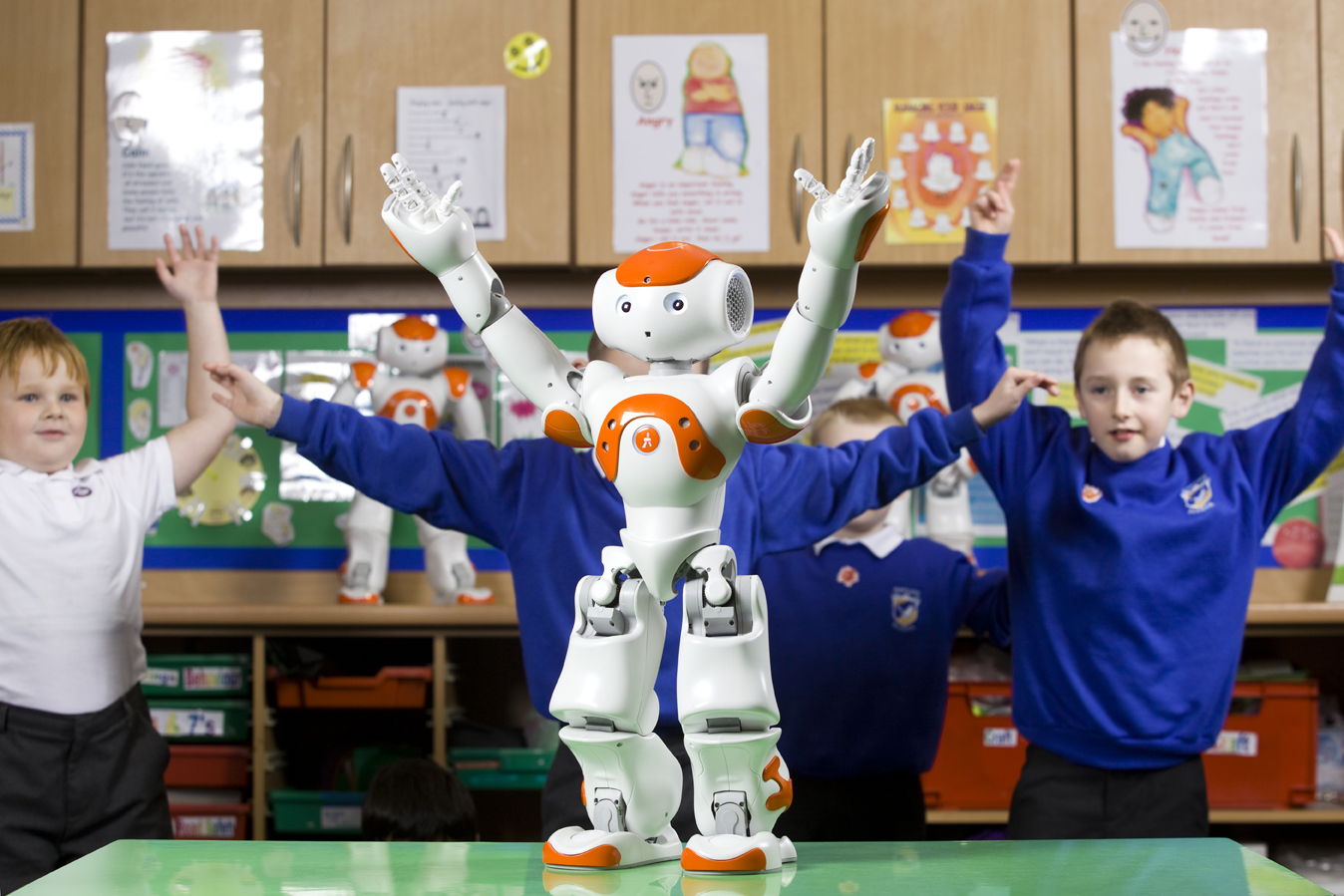
An assistive technology to attend school
Educational robotics represent a helpful solution for those students who cannot attend school. As the technological world evolves daily, the educational world will continue to benefit from the opportunities offered by its new innovations, tools, and discoveries.
Robots can be used to bring into the classroom all those students who otherwise might not be able to attend the lessons, because of their particular physical conditions. Let’s think about children with severe allergies or students who are recovering at home after surgery. Thanks to his personal robot, a student can access a “real school” experience: the device attends school and brings the student with him via a dedicated internal video conferencing system.
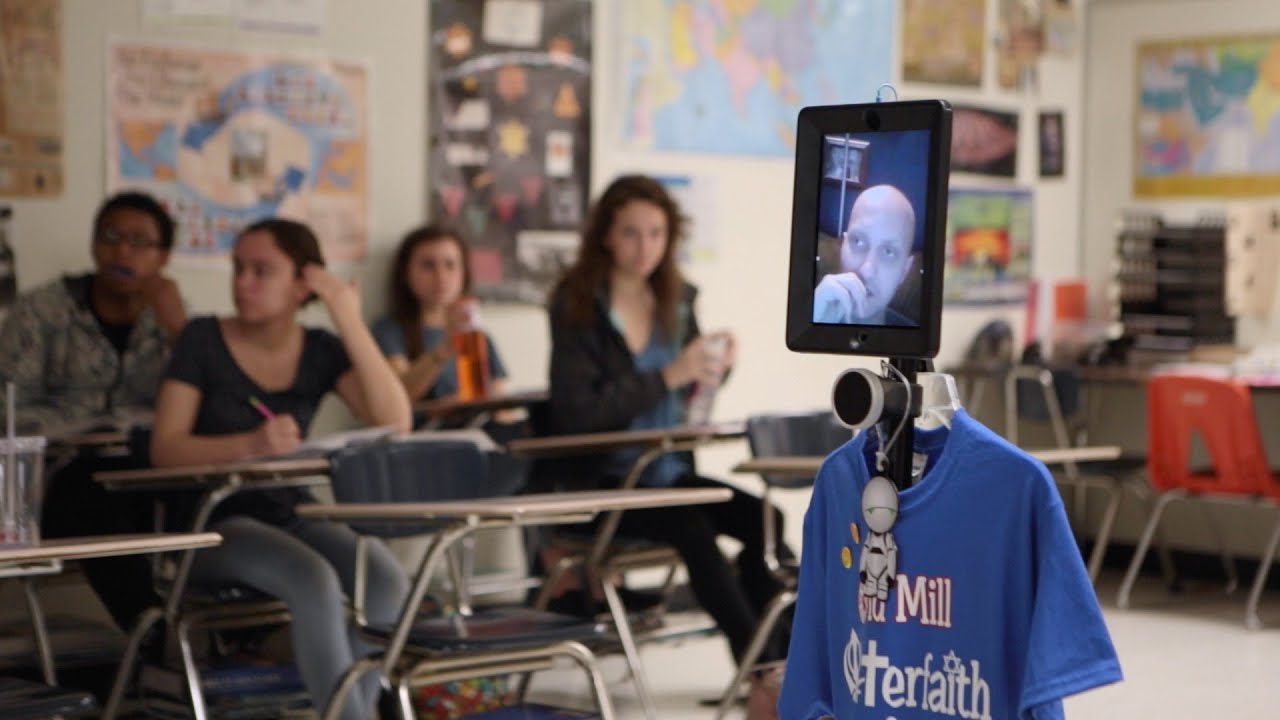
New levels of learning for students with special needs
Robotics in the classroom helps children and young students with particular requirements to develop their own personal learning experience, accessing information and educational contents through a tailor-made path.
Robots can be programmed to suit each individual need. Children with autism, for example, can be supported by robots in the learning of communication and social skills, interacting with special devices that adapt their answers and responses to students’ reactions. Students with developmental issues and attention disorderscan take advantage of a constant companion, learning how to stay focused. The possibilities are endless.
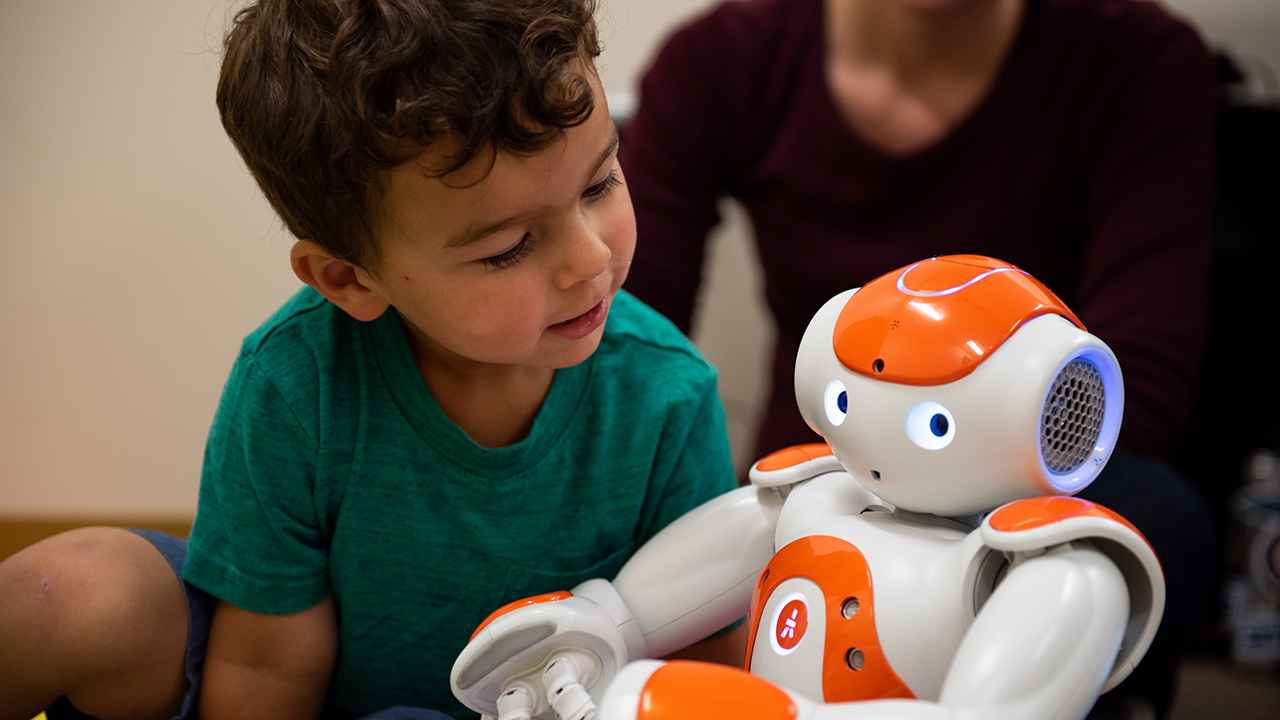
Developing skills for the future
Robotics prepare students for the competitive workforce of tomorrow. By programming robots, students can discover if their aptitudes and interests correspond to those skills that will define the job market of the future, like programming, science technology or engineering.
Working on a robot stimulates students to build their engineering intuition and emphasizes the meaningful problem-based learning through the integration and application of their knowledge. Strategic problem-solving, computational thinking, higher order thinking, logical and analytical reasoning: these are just a few examples of the abilities developed by educational robotics, abilities that will be fundamental in a lot of professional areas.

Want to discover robotics tools to improve education at school?
Check our products and boost your students' STEM skills in a fun and engaging way with robots! just a click away!
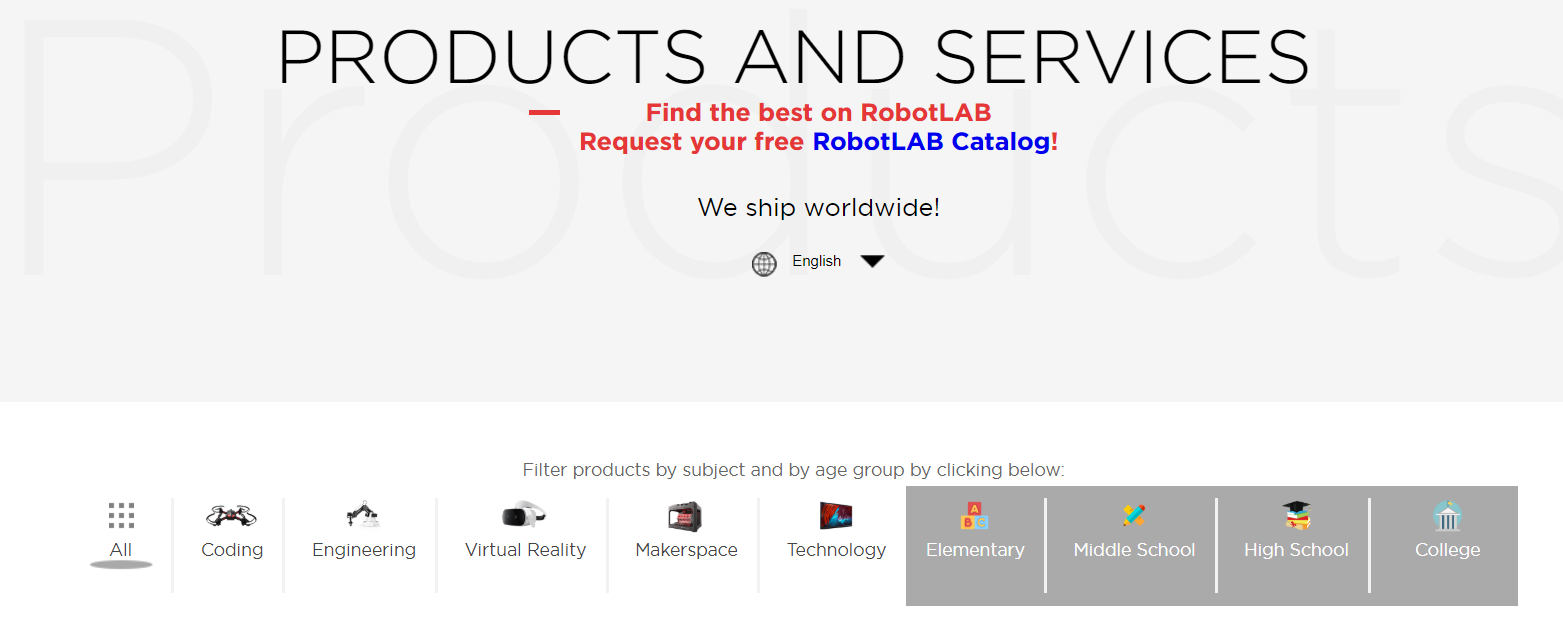
This article is original from acer education: https://eu-acerforeducation.acer.com/innovative-technologies/how-robotics-improves-education-at-school/


